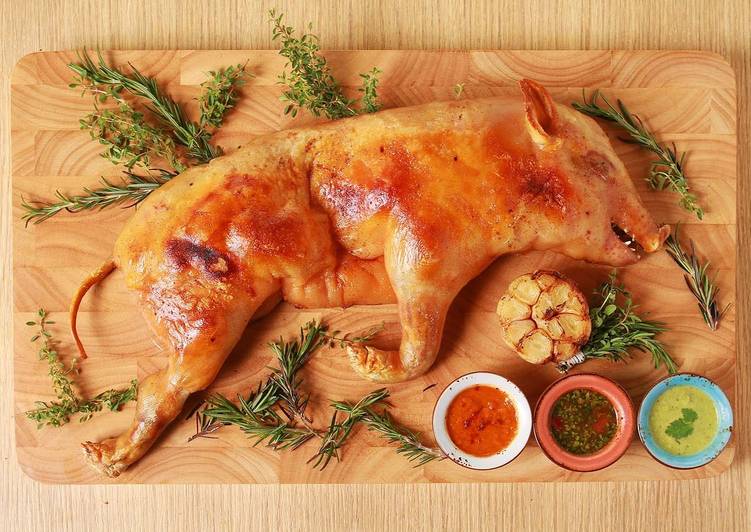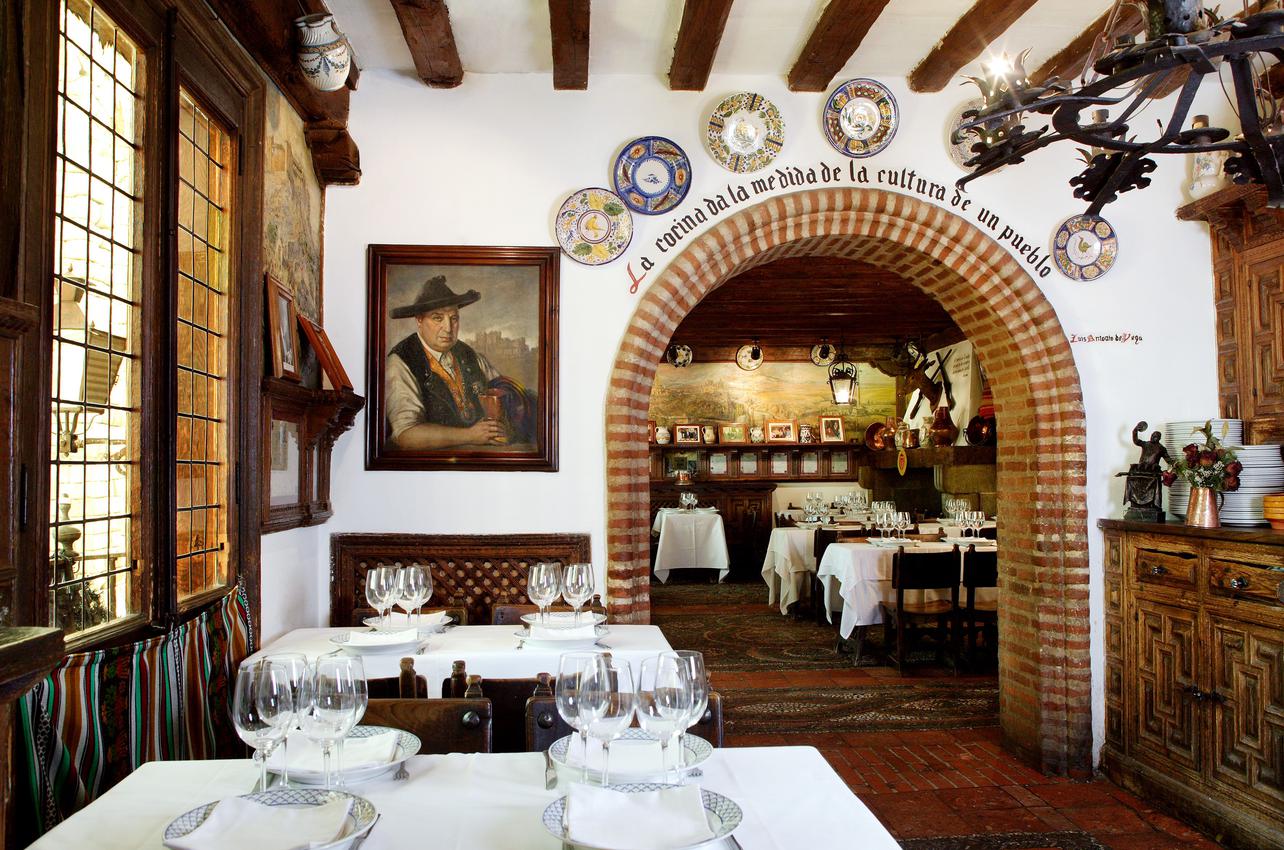Discovering the culinary delights of Segovia: A taste of tradition
Segovia’s culinary history is closely connected to its farming traditions, location, and culture. The city has historically benefited from its agricultural richness, especially during the mid 20th century, when local farms played a big role in providing food for the community. The culinary evolution of Segovia can be seen through its most iconic dishes: Cochinillo Asado (roast suckling pig) and Judiones de La Granja (large white beans).
Cochinillo Asado is not just a meal. It’s part of Segovia’s history and tradition. It’s made by roasting a young pig until the skin is super crispy, which has made it famous in Spain and outside of Spain as well. The presentation and symbolic ritual of serving the cochinillo, which involves bringing it to the table on a wooden board and slicing it with a plate, showcase not only the dish’s cultural significance but also the communal aspect of dining in Segovia.

Here’s a picture of the Cochinillo Asado in a wooden board as mentioned earlier.
For the other hand, the other iconic Segovia’s dish is the Judiones de La Granja. They are large white beans that come from the area around the Royal Palace of La Granja, near Segovia. They’re known for their soft texture and rich flavor, making them perfect for slow-cooked stews. The dish is usually made with chorizo, morcilla (blood sausage), and a pork, giving it a strong and savory taste. It became more popular in the 1950s as a way to improve local diets, and since then, it’s been a winter favorite that represents both comfort and tradition in Segovian homes and restaurants.

Here’s a picture of the Judiones de La Granja, in this case with chorizo in it.
A taste of Segovia for U.S. students and professors
For college students and professors looking to explore Segovia’s culinary scene, consider making reservations at local eateries to experience authentic dishes firsthand. Engaging with local chefs and participating in guided food tours can enhance your understanding of how history and culture shape the culinary arts.
The perfect fit would be Mesón de Cándido, it’s a must visit restaurant in Segovia. This establishment has made a name for itself as one of the finest places to indulge in traditional Segovian cuisine. According to Urrialde, a prominent chef, Mesón de Cándido was instrumental in changing how dishes were prepared and presented, which helped elevate Segovia’s culinary status.

Here’s a picture of the inside of Meson de Candido.
Location: Plaza Azoguejo 5, 40001 Segovia, Spain.
Phone: +34 921 42 59 11
Hours: Monday to Sunday from 12:30 pm to 4:30 pm, and reopens from 8:00 pm to 10:30 pm
Dining at Mesón de Cándido is more than just a meal. It’s an opportunity for professors to engage their students in discussions about food culture, sustainability in agricultural practices, and the socioeconomic impacts of culinary tourism.
Final thoughts
Segovia is more than a beautiful city rich in history. It’s a culinary destination that offers students and professors alike an opportunity to deepen their knowledge of traditional and modern Spanish cuisine. Dishes like Cochinillo Asado and Judiones de La Granja reflect the region’s farming roots and long-standing traditions. For U.S students and professors, experiencing Segovia’s cuisine firsthand offers a deeper understanding of Spanish culture while creating memorable moments around the table. Whether enjoying a meal at a historic spot like Mesón de Cándido or joining a local food tour, Segovia’s flavors provide a unique and enriching way to explore the city.
